10 Tornado Myths Debunked
You are finally on your way to visiting a piece of childhood nostalgia- Dodge City. You have your cowboy hat and Official Matt Dillon Marshall’s badge. A tumbleweed rolls across the highway. The kids are preparing to be bored to death. Everything is in order. But as you cross the great plain of Kansas, a horrific image appears ahead; the roiling dark figure of a tornado.
You search your memory for the limited education you have on survival strategies associated with Tornadoes. In truth, what you think you know about avoiding the destructive power of a tornado may be the thing that sends you to Oz- or worse. And forget about Kansas, Dorothy, tornadoes can form anywhere, anytime. Familiarizing yourself with these debunked myths could save your life.
1) Escaping in a Car is Safer than Finding Shelter

The movement of a Tornado is unpredictable and follows no logical path. Some can travel as quickly as 60 mph. An attempt to out run a tornado means more than staying ahead of it or beside it. The roadway itself may become hazardous as road conditions deteriorate; rain and debris may make it impassable, and traffic jams can make it a shooting gallery for an approaching tornado.
2) Taking Shelter Under an Overpass Will Save You
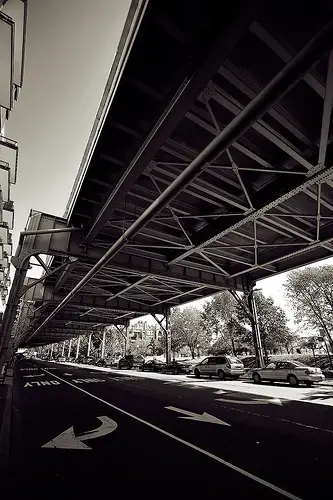
The need for repair or reconstruction of infrastructure and the current deficit in these projects may lead one to question whether an overpass can withstand the forces of a tornado. Even in a seemingly structurally sound overpass, a wind tunnel can form as a tornado passes, pushing and pulling anything from underneath the pass into the path of the storm. Flying debris is a common cause of death or injury to those using this method of shelter.
3) Tornadoes Never Hit Downtown Areas

The idea that the heat index of a city contradicts the atmospheric requirements of a tornado, or that the blocking power of tall buildings can stop or prevent a tornado is false. Quite the contrary, the buildings can create a devastating wind tunnel effect and create more flying debris over a more populated area.
4) The Size of a Tornado is Indicative of its Destructive Strength

The idea that size matters is absolutely false with a tornado. While the area a tornado covers may give it a larger appearance of strength, any size tornado can be deadly. In many cases, what are referred to as ‘rope’ tornadoes- smaller, narrower funneled storms- have often left the most destructive wake.
5) Tornadoes are Attracted to Trailer Parks and Mobile Homes

This one conjures images of a storm’s wraith on the most vulnerable and poor and helps personify a tornado as truly heartless and evil. A viciously destroyed trailer park is an iconic image for a reason; it is the most frequently used portrait media uses to tell a more vivid and effective human tragedy story. Mobile homes are the least structurally protective and are more vulnerable to complete destruction against the powerful forces of a tornado. The level of violence seen by the annihilation of an entire trailer park may sell better news stories, but is not an indication of frequency or target by tornadoes on these areas.
6) Tornadoes May Skip Certain Houses or Buildings
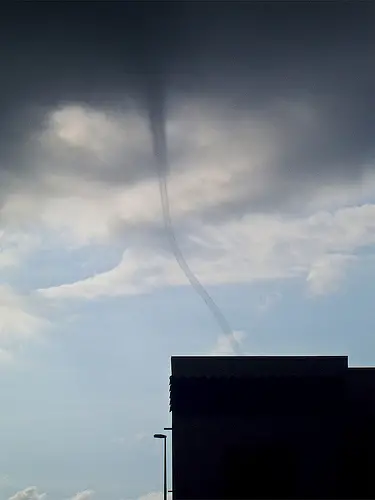
This myth may be inspired by varying degrees of perceived providence. The truth is that a house may be ‘missed’ by the path of destruction, or may have withstood the storm to a larger degree in contrast to its neighbors and will thereby seem to have been ‘saved’. Tornadoes can lift and retract and drop back to a path elsewhere. This behavior is unpredictable, and while in essence seems to avoid one building and destroy the next is not necessarily evidence of divine intervention.
7) Tornadoes Only Pose a Danger When They Have Touched Down
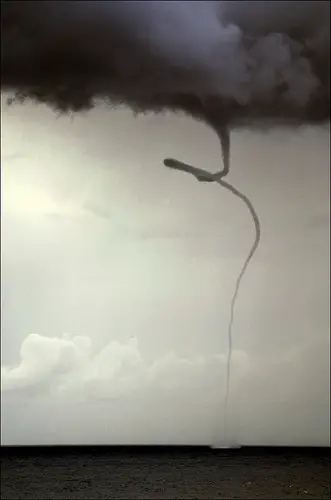
Onlookers may feel safe from a distance, often assuming that the actual funnel of a tornado is itself the tornado. In reality, the circular winds racing as much as 60mph surrounding the funnel and extending well beyond its perceived breadth contain the most destructive power. Further, debris trapped and tossed chaotically along a tornadoes path pose some of the greater risks of injury or death and can land great distances from the ‘center’ of the tornado.
8) Open Windows to Rob Wind Power from a Tornado
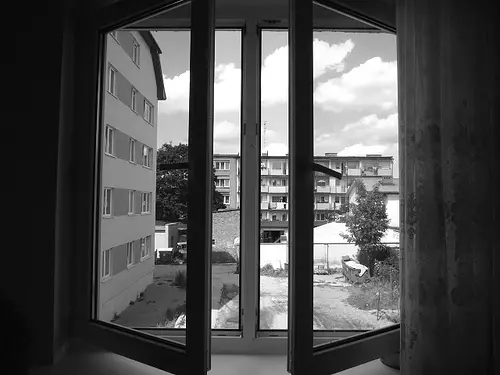
Ultimately, finding shelter in a well built structure next to a central beam or in a basement can always increase survival rates. However, opening windows in the hope of minimizing the strength or destruction of a tornado by allowing wind to pass through rather than against the structure is a flawed strategy. Nothing stops a tornado. The volume of wind and force is so great that trying to divert any of its wind mass is like digging a trench to control the flow of the ocean. Also, debris can find its way through open windows causing injury or death.
9) Tornadoes Cannot Form in Winter

While one would think warm weather is necessary to the development of a deadly storm; the Storm Prediction Center tracked storms during a specific 8 year period beginning in 2000 and reported that over one third of deaths caused by tornadoes in this period occurred during winter.
10) Certain Terrain Features Can End or Divert the Path of a Tornado

Many people have thought that bodies of water can create obstacles for tornadoes. In fact, some of the most violent tornadoes have actually formed on lakes and rivers. Again, a tornado can move over, across, and through anything and everything.
While there are no definitive ways to survive a tornado, being aware of current weather patterns and predictions in your area or destination can provide you a better opportunity to seek out more desirable, safer locations to wait out the storm and insure your trip to Boot Hill is only a temporary visit rather than a permanent destination.

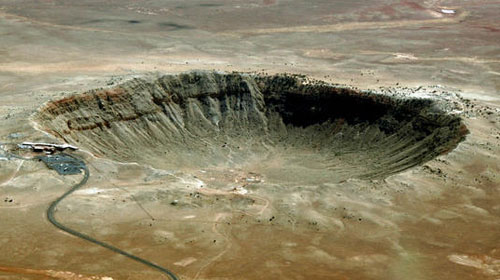

Number 10 is actually partially wrong.A mountain,can provide a “temporary blockade” to tornadoes.If a tornado hit-Example:Rocky Mountains;It could cause the tornado to start decreasing in height,seeing that while made of wind,it still cant go through a mountain.So,it would have to go with the slope of the mountain.This could cause the tornado to temporarily go back into the clouds.But,there is no guarantee that it will stay up in the clouds.